Wolves are carnivores, and in most of mainland Alaska
moose and/or caribou are their primary food, with Dall
sheep, squirrels, snowshoe hares, beaver, and occasionally
birds and fish as supplements in the diet. The rate at
which wolves kill large mammals varies with prey
availability and environmental conditions. A pack may kill
a deer or moose every few days during the winter. At other
times, they may go for several days with almost no food.
Since wolves are opportunistic, young, old, or debilitated
animals are preyed upon more heavily than healthy
middle-age animals. Under some circumstances, however,
such as when snow is unusually deep or prey is scarce,
even animals in their prime may be vulnerable to wolves.
In Southeast Alaska, Sitka black-tailed deer, mountain
goats, and beaver are the most important sources of food.
Research indicates that salmon are important seasonally
where they are available, especially to young wolves.
During summer, small mammals including voles, lemmings and
ground squirrels are taken. Wolves also scavenge, and
coastal wolves will beach comb.
Subscribe to:
Post Comments (Atom)

.jpg)




 Alaska Time
Alaska Time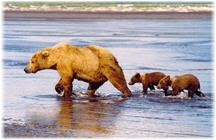








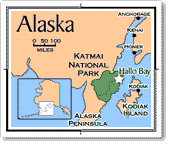

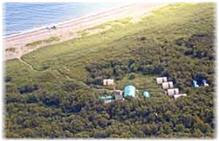


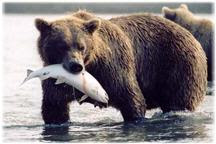
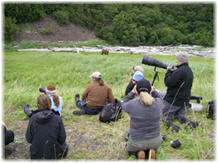




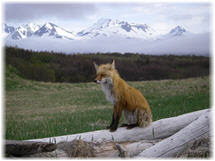


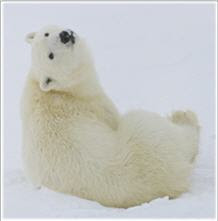







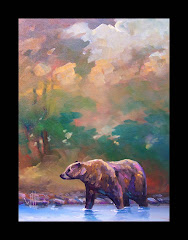





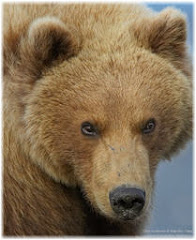




No comments:
Post a Comment